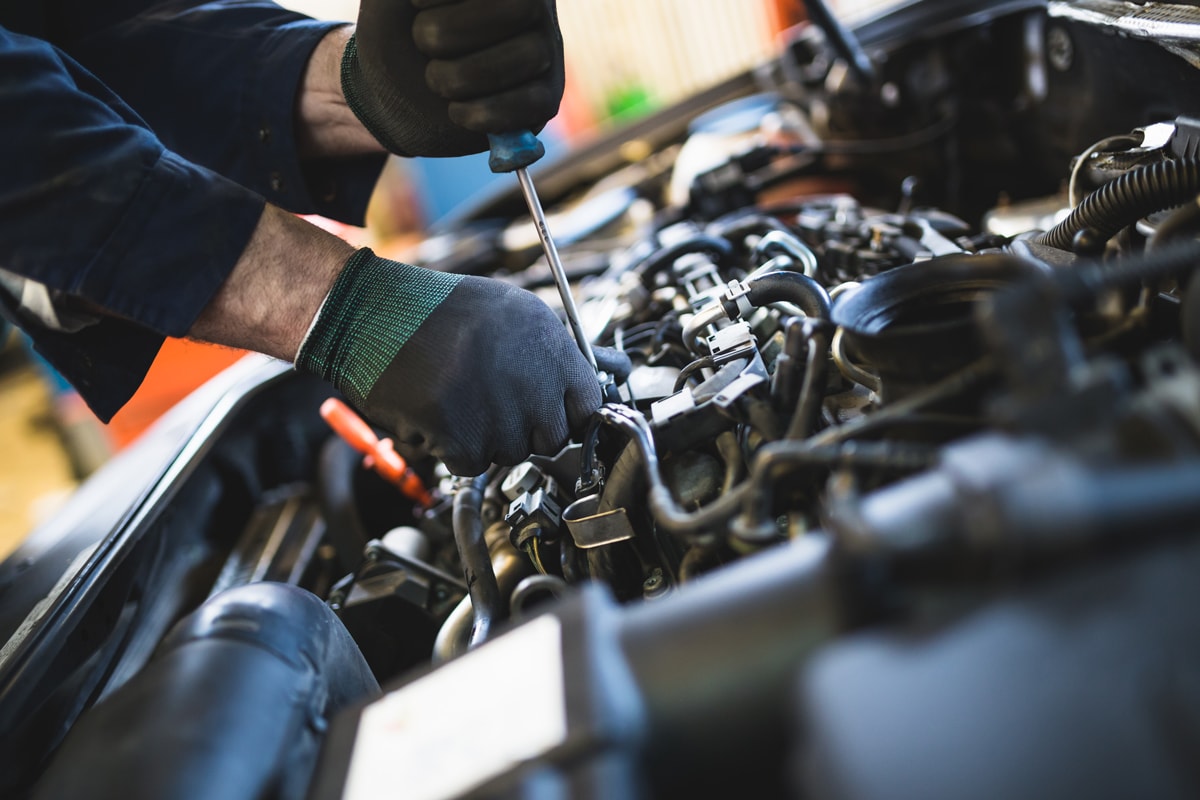All Categories
Featured

When it comes to car fixings, one of the most considerable decisions you'll encounter is whether to decide for Original Equipment Supplier (OEM) parts or aftermarket parts. Listed below, we check out the advantages and factors to consider of both OEM and aftermarket parts to assist you select the right alternative for your following car repair service.

What Are OEM Components? OEM components are made by the exact same business that produced the components in your vehicle when it was very first constructed. They are created specifically for your make and model, making certain ideal compatibility and high-grade performance. Considering that OEM parts coincide ones used in the original setting up of your vehicle, they often tend to meet the same high criteria set by the supplier.
Among the main advantages of picking OEM components is the guarantee of quality and dependability. These parts are commonly backed by a guarantee, offering defense versus defects or early failure. If your car is still under guarantee, utilizing OEM components for repair work can help make certain that your service warranty remains valid. In addition, since OEM components are created to fit specifically, there's less risk of installment concerns or future troubles.

What Are Aftermarket Parts? Aftermarket parts, on the various other hand, are produced by third-party manufacturers that may not be straight affiliated with the lorry's original supplier. These components are designed to fit a selection of lorries and are typically less costly than OEM parts. While lots of aftermarket parts are of premium quality, they can differ significantly between makers.
The most substantial advantage of aftermarket parts is their cost-effectiveness. Since these components are mass-produced and do not have the exact same overhead prices as OEM components, they are typically valued reduced. Additionally, aftermarket components can use enhanced efficiency or aesthetic improvements over OEM parts. Aftermarket exhaust systems or suspension parts might offer better efficiency or a more aggressive appearance contrasted to factory-installed parts.
Benefits of OEM Components. Guaranteed Fit and High quality: OEM components are designed to fulfill the precise specifications of your vehicle, guaranteeing a perfect fit and keeping the performance standards that the manufacturer planned. Service Warranty: Several OEM components come with a warranty, using satisfaction in instance the part is malfunctioning or stops working too soon. Resale Value: If you intend on offering your vehicle, utilizing OEM parts can help preserve its resale value since possible buyers usually look for cars that have been fixed with initial parts. Vehicle Integrity: Using OEM components helps ensure that your automobile continues to perform as planned by the producer, maintaining it in optimal condition. Benefits of Aftermarket Parts. Lower Price: Aftermarket parts are frequently more budget friendly, which can be a substantial consideration if you're on a spending plan or seeking to conserve cash on fixings. Selection and Personalization: Aftermarket components supply a wide array of options, especially for performance upgrades or aesthetic changes, permitting you to customize your vehicle or boost its efficiency. Wide Availability: Aftermarket components are usually much easier to find than OEM components, especially for older automobiles or hard-to-find parts. Performance Enhancements: Sometimes, aftermarket components are made to supply superior performance, such as far better brakes or higher-flow air filters that increase horse power. Downsides of OEM Components. Higher Expense: OEM components tend to be more expensive than aftermarket choices, which might be a drawback for cars and truck owners on a limited spending plan. Restricted Alternatives for Modification: OEM parts are developed to replace the original elements with no improvements, so they may not supply performance upgrades or aesthetic changes. Availability: Depending on the make and design of your lorry, OEM parts can often be hard to find, especially if your car is older or has actually been stopped. Negative Aspects of Aftermarket Components. Inconsistent Top quality: The high quality of aftermarket parts can vary substantially between makers. While some are made with top notch products, others may be much less durable or poorly built, which could cause faster wear and tear. Possible Fitment Issues: Aftermarket parts may not always fit your automobile as specifically as OEM parts, bring about feasible compatibility problems or extra job during setup. Service Warranty Concerns: Using aftermarket components might nullify your supplier's service warranty or result in issues if a failing occurs that relates to the aftermarket component. Just how to Decide In Between OEM and Aftermarket Components. Choosing in between OEM and aftermarket components depends upon a number of elements, including your budget plan, the age and problem of your automobile, and your details repair service demands.
Budget: If price is your main problem, aftermarket components are usually the much more affordable option. It's essential to evaluate the long-term worth of your decision. You might finish up investing more in the long run if you choose for a more affordable aftermarket component that does not execute well or needs constant substitutes. Car Age and Condition: For newer cars still under service warranty or those in superb problem, OEM parts are usually recommended to keep the car's integrity and ensure it continues to run as meant. For older vehicles, aftermarket components might give a more budget-friendly option without jeopardizing performance. Fixing Type: Some repair services, specifically safety-related elements like air bags or brake systems, are best taken care of with OEM parts to make sure optimal safety and security and reliability. For non-essential repair work or performance upgrades, aftermarket components might offer an excellent balance in between price and efficiency. Conclusion. The choice in between OEM and aftermarket parts depends on your details requirements, preferences, and budget. While OEM components use guaranteed top quality and integrity, aftermarket components offer price savings and the chance for performance enhancements or modification.
Latest Posts
Innovative Bath Remodeling with Bath Fitter
Published Jan 08, 25
0 min read
Customized Entry Doors Aesthetic Charm
Published Jan 08, 25
0 min read
Family-Friendly Fun at the Snack Shack
Published Jan 08, 25
1 min read